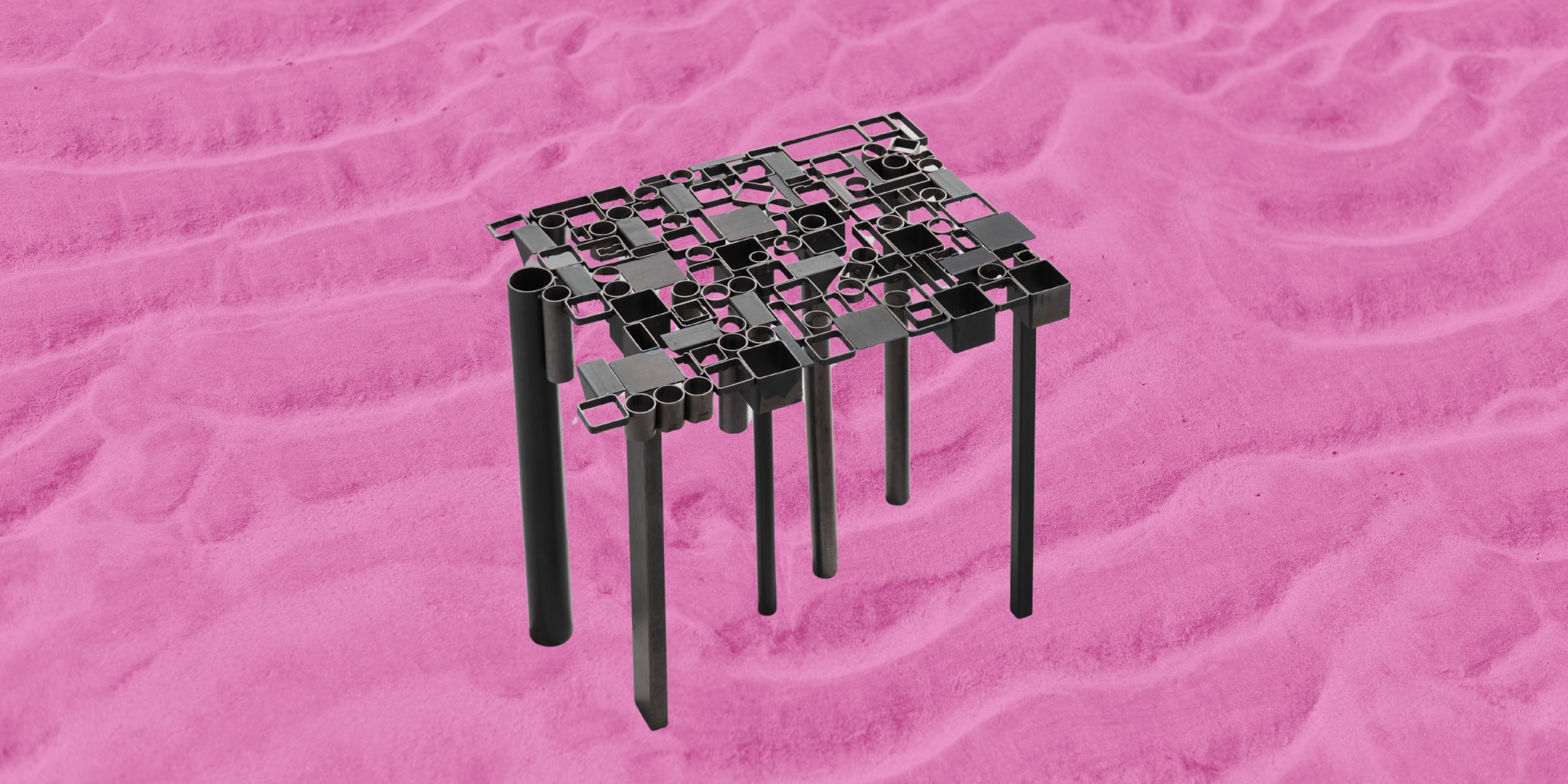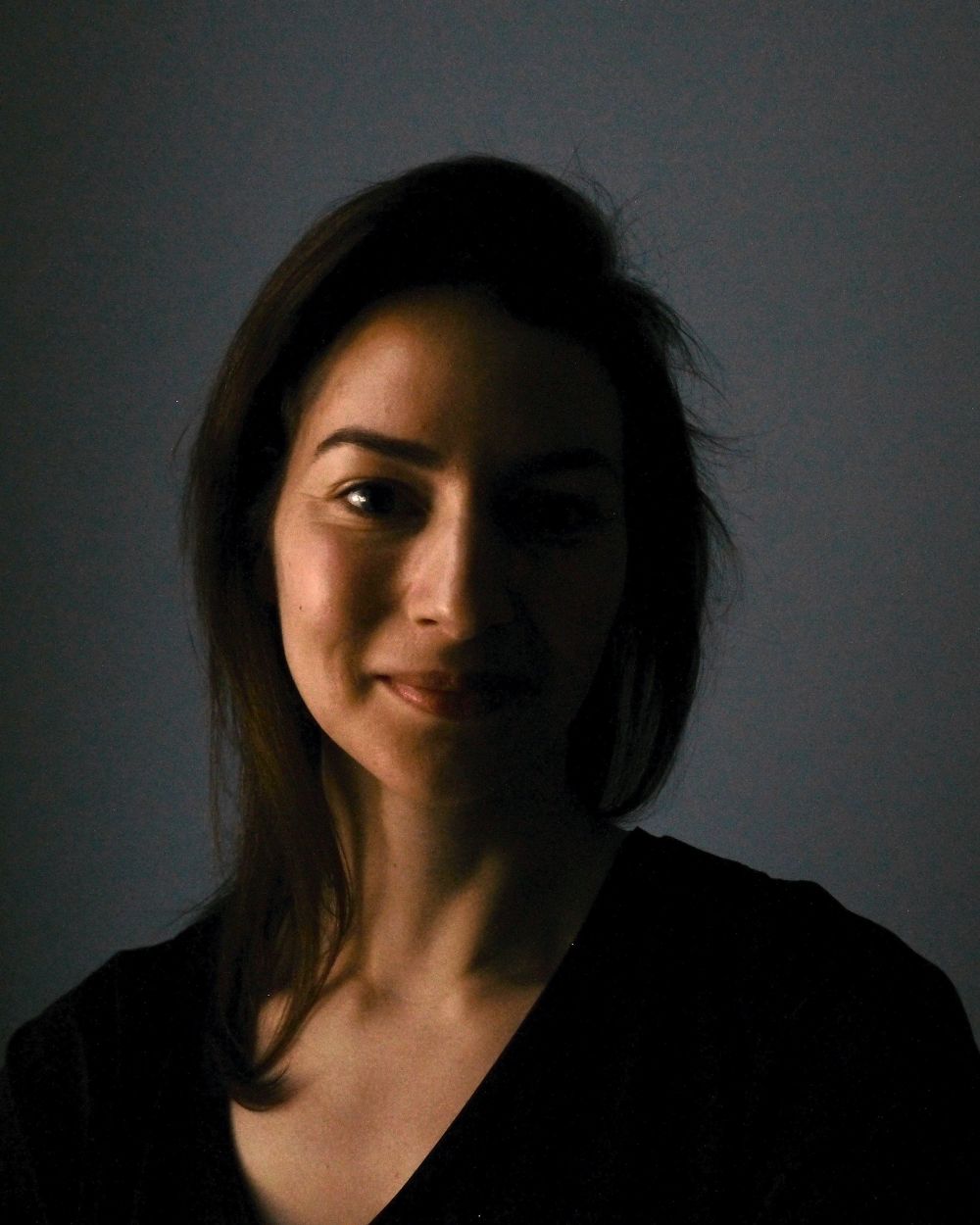
What motivated you to establish RUSE, and how did your personal experiences influence this decision?
RUSE is established to prevent shopfitting materials being disposed. Back at my jobs with large retailers I already saw a form of waste: many fixtures unused for years in stock. However, it only really hit me a few years ago when I delivered fixtures to a store and the owner of the store directed the contractor to discard the ´old´ fixtures. I felt immediately responsible for the waste created. This was not my intention with the circular-design fixtures. I created a problem and obviously the mentality and the solutions in the retail industry were not programmed for longevity yet. This was so contra to what I learned about the principles of art back at Art School.
Can you share the story behind the name ‘RUSE’ and its significance to your brand identity?
When brainstorming about a name I simply wrote down the essence of my vision on how to treat shopfitting materials: we show Respect, we Use the fixtures, we Sustain them and if not, we Exchange. To me, respect is the prime foundation. Respect for all the crafts put into the creation of the item. From the raw materials to design and production. In the phases afterwards it’s about cherishing the item and to keep the value high. All this is captured in our brandname: RUSE, short for Respect Use Sustain Exchange, and of course with our slogan: We think Future.
How does RUSE integrate sustainability into its business model, particularly concerning repurposing and upcycling?
What makes the retail industry unique is the very protective branding of brands and retailers. It’s their biggest asset, and concern, and something we need to protect when we repurpose their fixtures as their identity is intertwined in their fixtures. Hence, we offer upcycling as a sustainable solution rather than disposal. With this service we cover the DNA of both the former and new user, making it a personalised experience. In addition to repurposing and upcycling we have short- and longterm rental service on selected items to keep fixtures in play and to maintain them in a good condition.
In what ways do you ensure that repurposed fixtures align with a client’s brand DNA while maintaining eco-friendly principles?
We follow the principle that material-wise the most sustainable thing to do is to reuse materials. Most applied materials in fixtures are wood and steel and luckily these materials are great to repair or to fresh-up. Color (re-paint or re-coat) already does a lot, but in some cases, we replace part of a fixture with a more creative and outstanding material or design. We then choose materials which can be reused infinitely such as used plastics or we look for local regenerative and innovative materials. As long as it matches the DNA.
Could you discuss a project where RUSE successfully transformed pre-loved fixtures into ready-to-use displays?
Another store closure contained many pegboard displays. It’s a system which is kind of outdated and lacking an innovative appearance. The new owner wanted to reuse them, but differently. Their other question was to transform them in such a way that their social workshop was able to execute it. We recomposed the pegboards into pedestal and recoated into a color matching their brand. We finished the pedestals with felt made from discarded work-clothes. The total outcome is a fresh and unique collection made from 100% reused materials.
What are some common challenges you face when repurposing shopfitting materials, and how do you overcome them?
The whole process and logistics to get fixtures from one place to another is hugely expensive. It also takes time to find a suiting new destination, and fixtures take up a lot of space and people to handle them. Next to that the presentation is key. But a whole shoot and product description for a low-cost item is not worth it. So we select unique and bestselling items for the web shop, and have the large collection available by request or in our local showrooms by appointment. These locations are a collaborative effort and sometimes a barter deal.
How do you see the future of sustainable shopfitting evolving, and what role does RUSE play in that vision?
The future, one with zero waste, is not feasible when only one party in the chain is adapting its processes. Literally the whole chain can, and should, make adjustments to it’s offer. From designers, to production facilities and real estate contracts. We are leading pilot projects to stimulate this change, to experiment and to understand if the changes can be organized internally or if new business opportunities should arise. RUSE is the brand to go for sustainable, personalized shopfitting materials. But behind the scenes we are changing the system and repurpose materials of suppliers too, offering them a platform for their returned fixtures and displays. This gives them the opportunity to offer a circular service and to take a sustainable proposition without a lot of hassle.
In what ways does RUSE collaborate with local communities or artisans in your upcycling projects?
We collaborate with designers and artists to create unique fixtures with a special value. Can be established names or upcoming designers. For example – we’re currently developing designer hangers, 3D printed from discarded plastic hangers. These discarded hangers were faded from white to yellow, contained a non-removable logo and were equiped with a steel hook – something that immediately decrease the value of your coated rack because it creates scratches. For this project we collaborate with a designer known for it’s special 3D printing technique. We seek for collabs that understand out vision of keeping things in play, but in an innovative way. These collabs are important to enhance our proposition of unique, curated and sustainable products. But also to spread our story beyond brands and retailers.
How do you educate and encourage retailers to adopt more sustainable practices in their store designs?
As RUSE’s founder I’m regularly invited to give lectures on topics such as ´circular design´, ´the relevance of sustainable retail design´ and ´chain collaboration´. Within these topics I always start with the base: explaining the terms. Because words like sustainability, circularity and recycling are very often mixed up or simply not correctly used – causing confusion and misrepresentation of values. When we repurpose fixtures of retailers, luckily most of them are always curious, and ask how they can do better. So we provide a report with do’s and don’ts based on their inventory.
What has been the most rewarding aspect of leading RUSE, and how has it impacted your perspective on sustainability?
To repurpose an abandoned interior. A few years ago I worked on a store design project and unfortunately not even one year later the brand filed for bankruptcy. I kept an eye on the store and after one year a large part of the interior items were still standing still in the closed store. I requested the unit-owner (Westfield Mall of The Netherlands) to allow me to repurpose fixtures for two other projects. Luckily, they committed and large part was repurposed successfully. It felt rewarding because I was aware of all the hard work and efforts that has been put into the realization of the fixtures and this action enforced the core value of the brand: a circular warehouse. Next to that it also gave me a lot of other insights on topics such as contracts, curator, take-back options, visibility and availability, and left me with one question: On which buttons can I press to change the whole system? Because it needs larger actions than simply finding a new destination and the market is struggling to find clarity. RUSE plays a vital role in bringing clarity and prospect, providing solutions to large volumes and big names as well.

Sandy graduated from the internationally renowned Gerrit Rietveld Academy in Amsterdam. She then joined the store development departments of large retailers, where she experienced firsthand how fast-paced processes and rigid methods leave little room for sustainable innovation. Combining her artistic vision, commercial expertise, and deep knowledge of sustainability, she is redefining the way we approach shopfitting materials. With this unique blend she is establishing a clear and accessible path for retailers to built store designs with long term value.
Website: ruseretailfurniture.com
Instagram: @ruseretailfurniture
Founder: Sandy Bruns
Contact: contact@ruseretailfurniture.com
Location: Amsterdam, Netherlands
